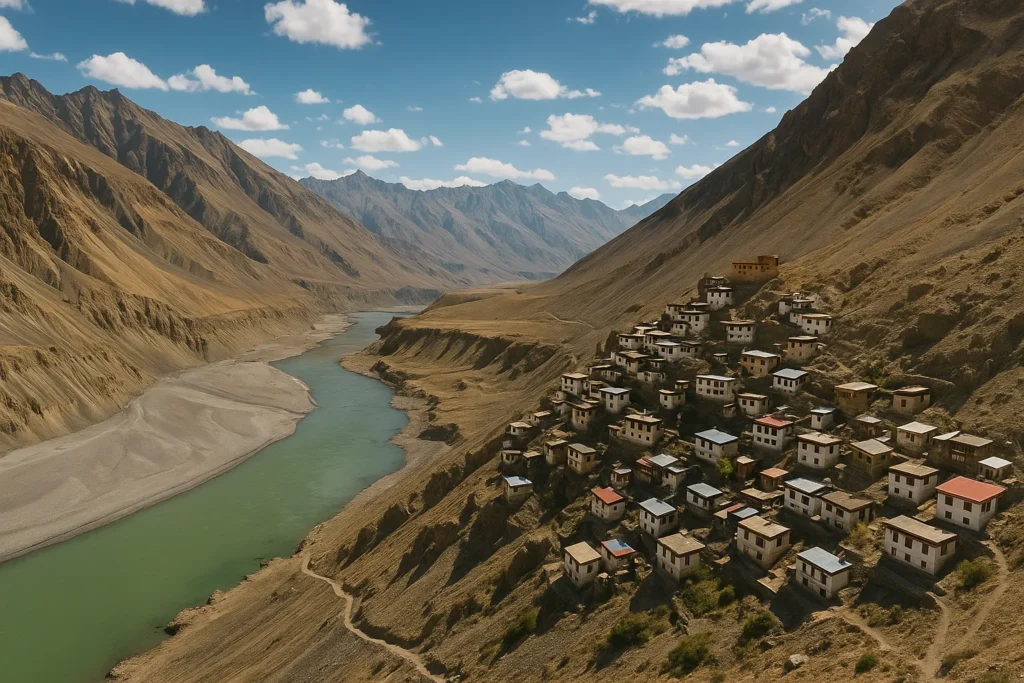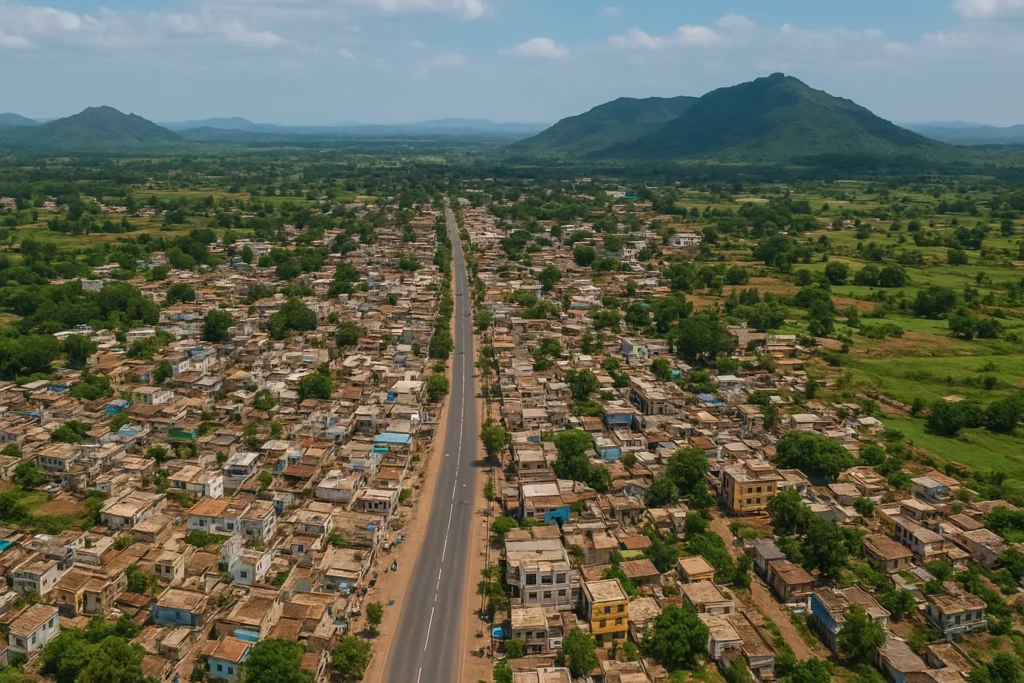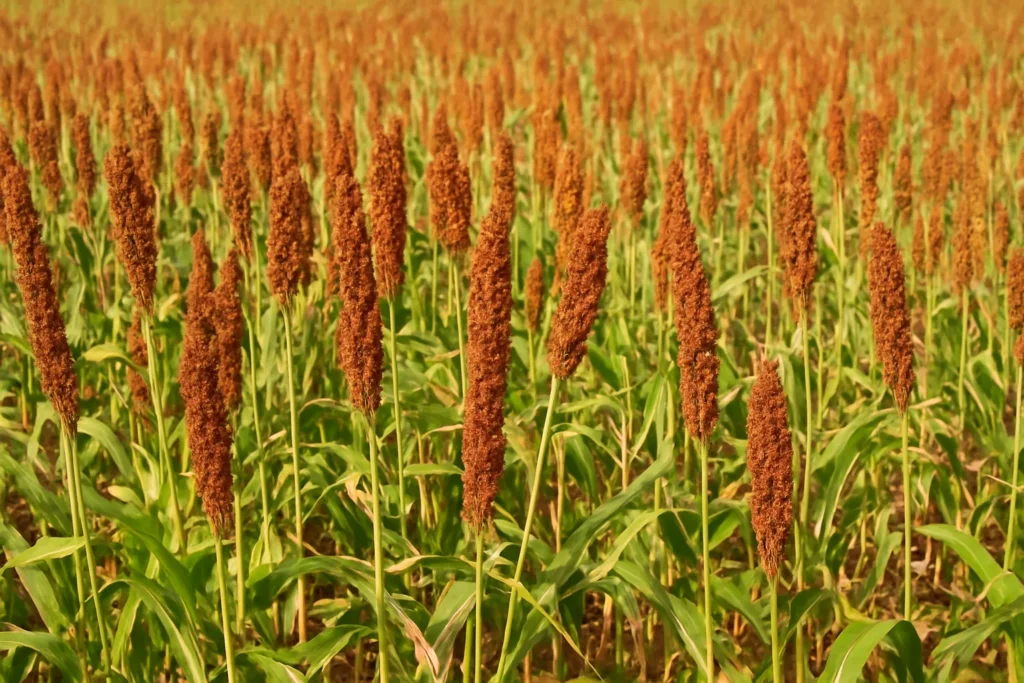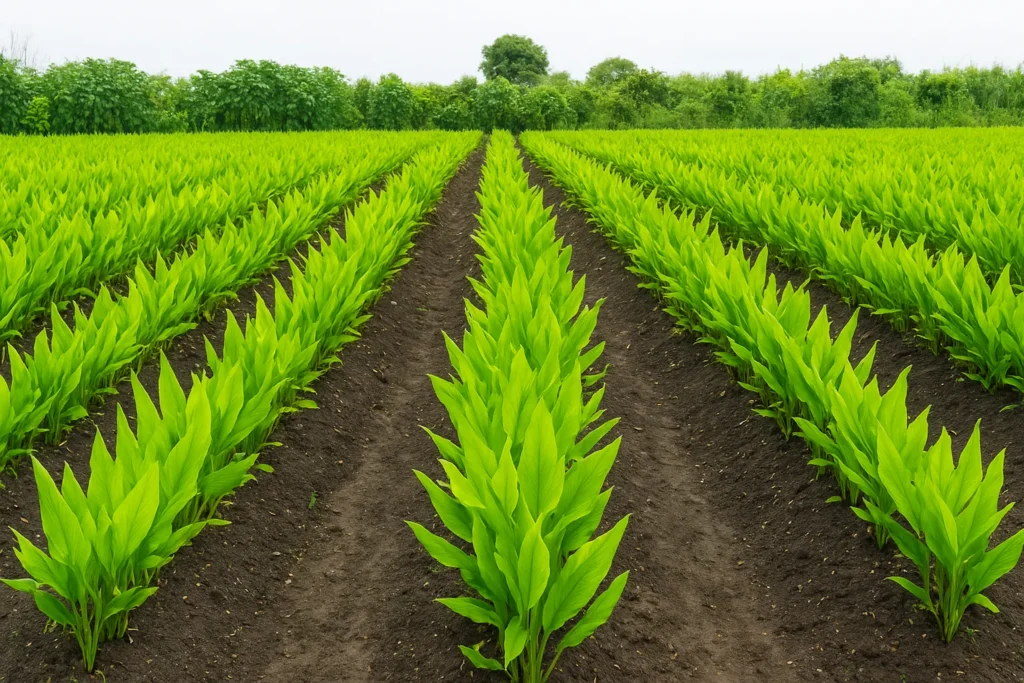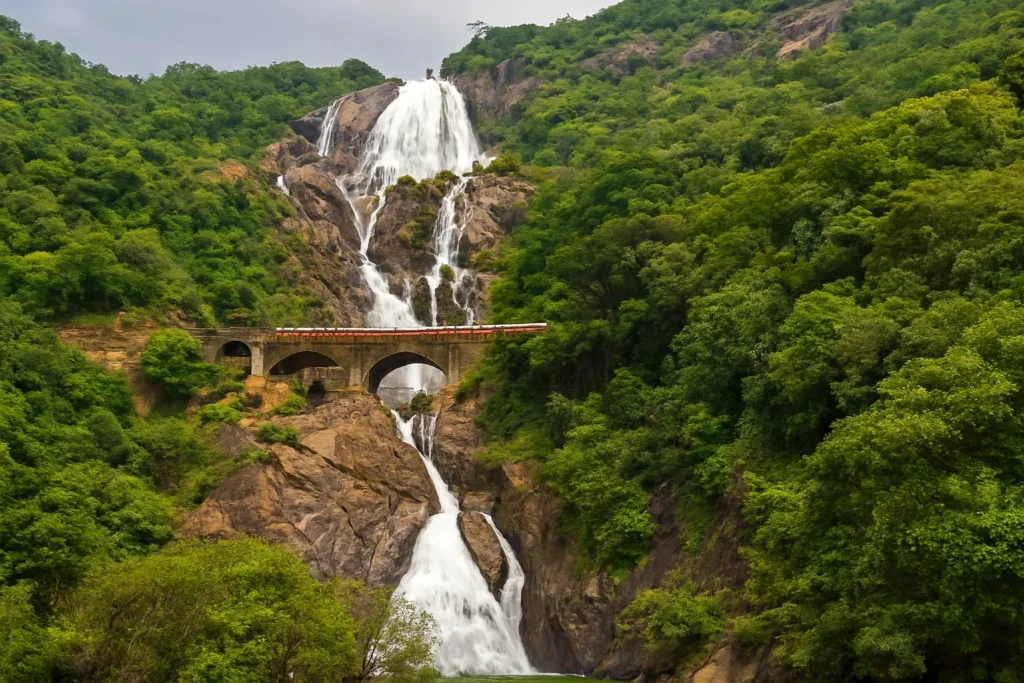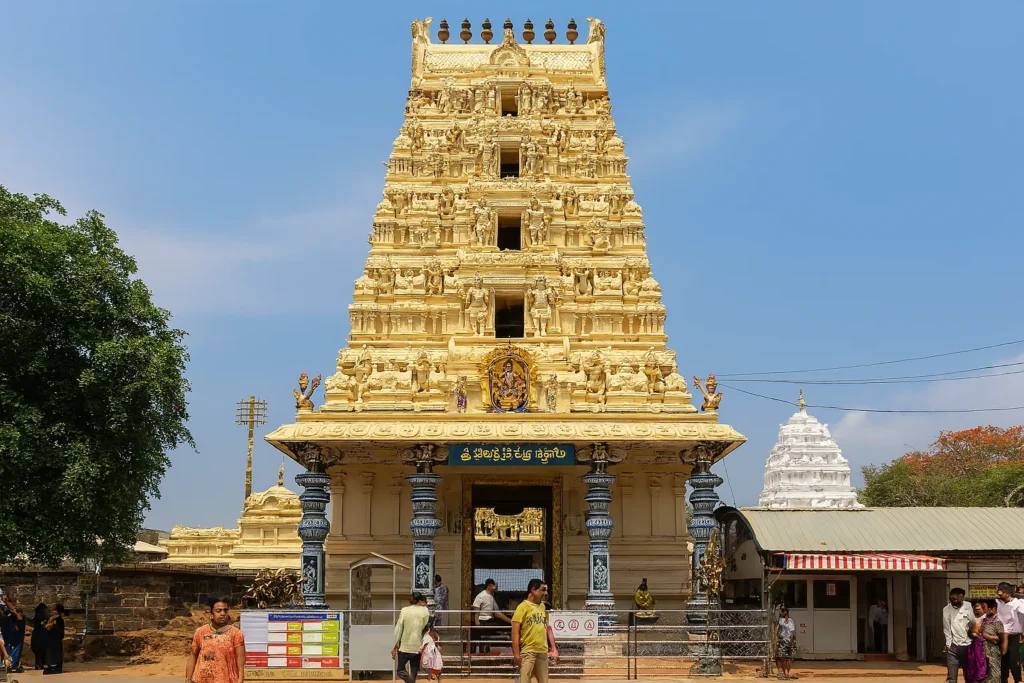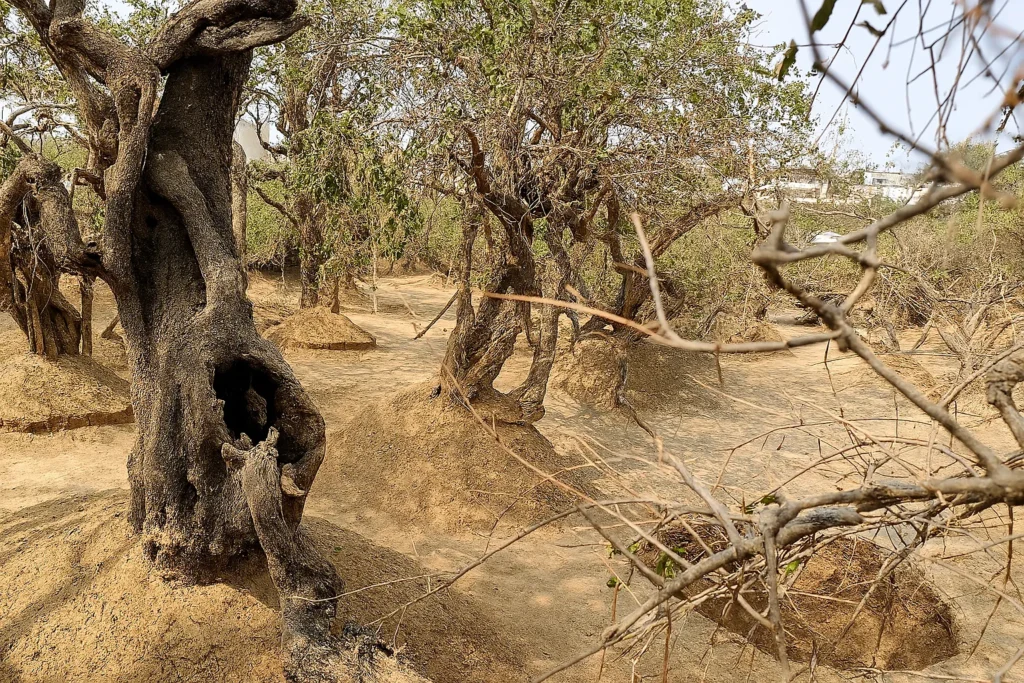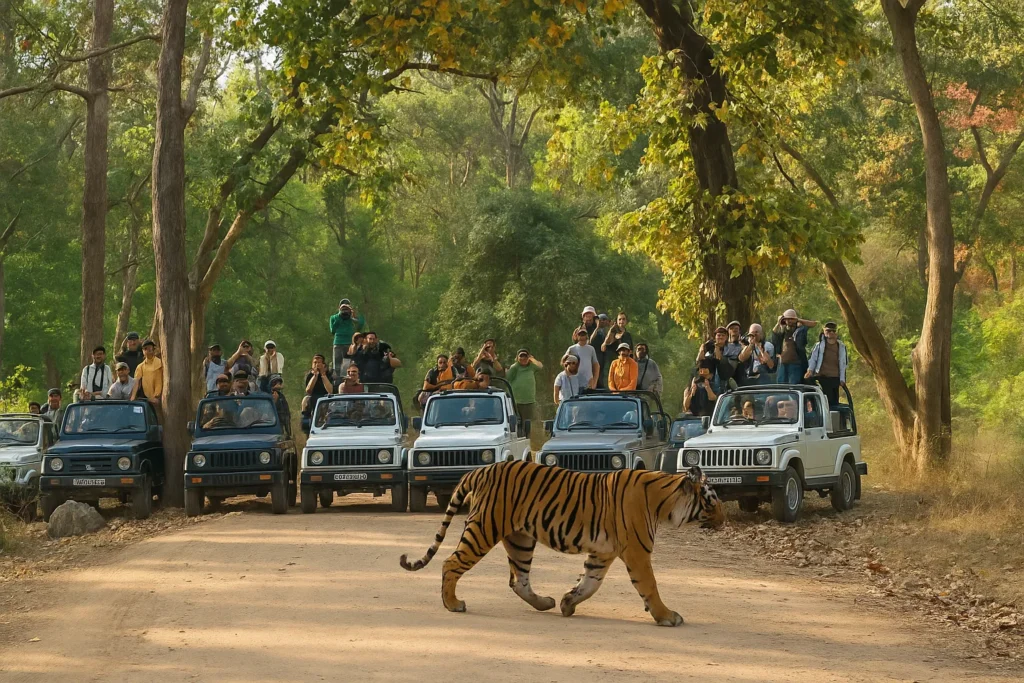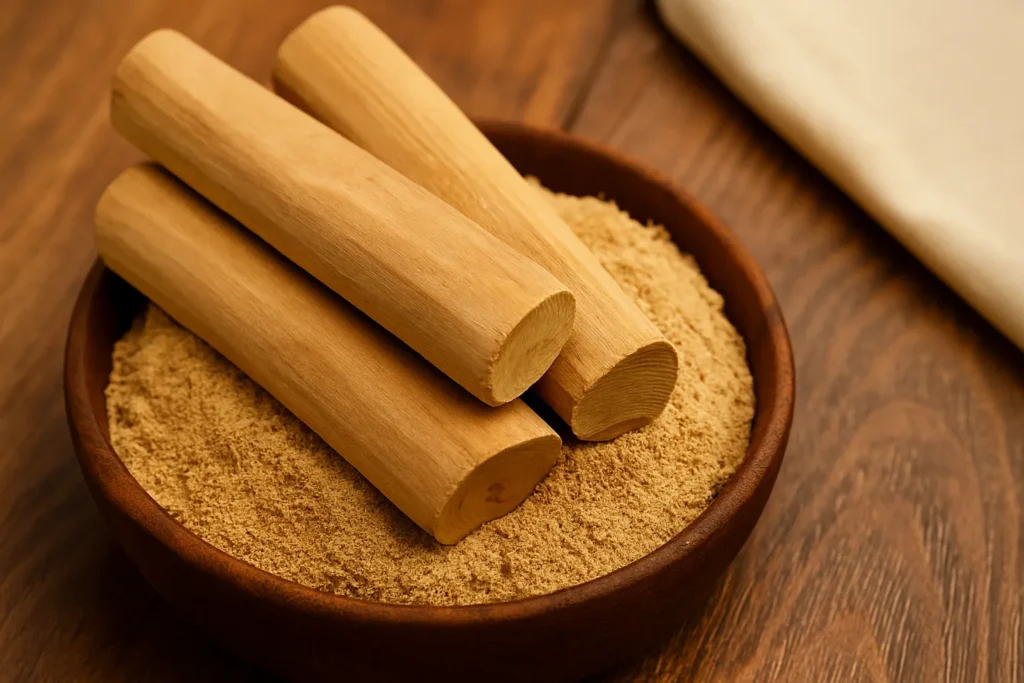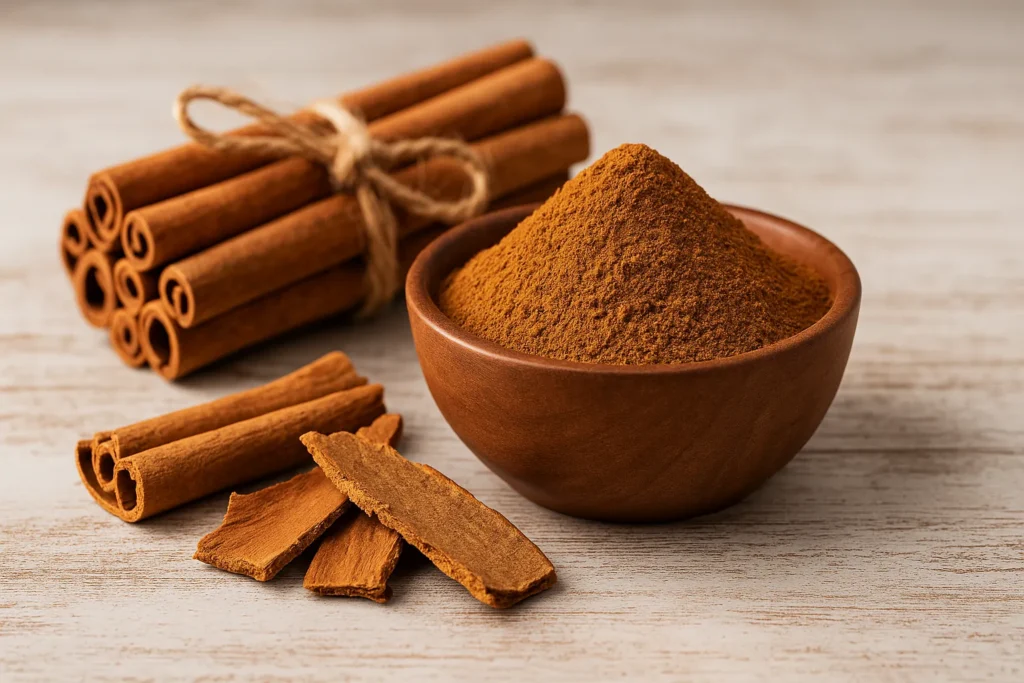Ever found yourself mesmerized by dramatic mountain landscapes and untamed adventure? If so, you’ve probably come across the name Spiti Valley. But if you’re still asking, “Where is Spiti?” or “Where is Spiti Valley located?” you’re not alone. Let’s settle your curiosity once and for all. In this guide, we’ll journey into the heart of Spiti, exploring exactly where it is, what kind of weather to expect, and when you should plan your trip to soak in Spiti’s soul-stirring beauty.
Where Exactly is Spiti Valley?
Let’s start with a bit of orientation. Spiti Valley is a high-altitude desert located in the Indian Himalayas, in the northern state of Himachal Pradesh. Geographically, Spiti sits between Tibet and India, sharing its eastern border with the Tibetan Plateau, which is why it’s often called “Little Tibet.” The valley is part of the Lahaul and Spiti district and is famous for its rugged terrain, jaw-dropping landscapes, and ancient Buddhist monasteries.
Perched at an average elevation of 12,500 feet (about 3,800 meters), Spiti’s unique setting makes it a favorite among adventurers and solitude seekers alike. Its proximity to the trans-Himalayan region means the culture, cuisine, and architecture here have a distinct Tibetan influence, something travelers find utterly fascinating.
Why is Spiti Valley So Well-Loved?
Now that you know where Spiti Valley is located, let’s dive into why it’s so appealing. Its charm lies in the vast open spaces, towering snow-capped mountains, and the warm hospitality of its people. The valley is remote, so reaching it is an adventure in itself, but that only adds to its allure.
Many ask, “Where is Spiti Valley situated compared to other Himalayan favorites?” It’s north of Manali and Kullu, west of Kinnaur, and very close to the Indo-Tibetan border. This means it’s cut off from monsoon rains that drench much of India, creating a cold desert ecosystem much like Ladakh.
If you’re planning a landscape photography project or just want to disconnect from city chaos, Spiti is your dream come true. And for anyone who loves a bit of spiritual exploration, there are centuries-old monasteries like Key, Tabo, and Dhankar, each offering peace and stunning views.
Getting a Feel for Spiti Valley’s Weather and Temperature
Wondering what to pack? Let’s talk about Spiti Valley’s temperature and its signature weather. Due to its high altitude, Spiti is known for its extreme climate. Winters (October to March) can be incredibly harsh, with temperatures plummeting well below freezing and many areas becoming inaccessible due to heavy snowfall. The mercury may drop to as low as -25°C at the coldest times!
During summer (June to September), Spiti Valley temperature ranges from 8°C at night to about 20°C during the day, making it perfect for trekking, sightseeing, and village stays. The air is dry, the sun is intense, and nights can still get chilly, so it’s wise to pack layers. The minimal rainfall during these months sets Spiti apart from many other Himalayan destinations, as monsoon clouds rarely make it across the mountains. This arid, sunny climate gives the region its stark, mesmerizing beauty.
If you find Spiti’s weather patterns intriguing, you might also be interested in unique travel destinations like Where Is Nidhivan, a place known for its fascinating local lore and spiritual tales.
The Best Time to Visit Spiti Valley
Picking the right season can make all the difference to your Spiti Valley trip. The valley is technically open year-round, but unless you’re an extremely adventurous traveler seeking solitude and snow, most people choose to visit between late May and September. During this window, both major roadways—the Manali and Shimla routes—are passable, guesthouses and cafes are open, and all major sights are accessible.
July to September is especially delightful due to mild temperatures, crisp mountain air, and brilliant blue skies. This is the perfect time for everything from high-altitude hikes to monastery tours—and for meeting fellow travelers who share your curiosity for where is Spiti. Keep in mind, though, that evenings can still be cold even in peak summer, so pack some cozy clothes.
Are you someone who likes to dig deeper into spectacular landscapes? You may enjoy reading about Where is Bandhavgarh National Park Situated, another Indian gem loved by wildlife enthusiasts.
Essential Insights for Planning Your Spiti Valley Trip
Having explored where Spiti Valley is and when it’s best to go, let’s bounce through a few travel tips to make your journey smoother.
- Acclimatize Smartly: Due to Spiti’s altitude, it’s crucial to allow your body time to adjust. Spend your first couple of days taking it slow, hydrating, and avoiding strenuous activity.
- Connectivity: Mobile networks are patchy, and only BSNL works in most villages. Be ready to disconnect and embrace Spiti’s raw vibes.
- Permits: If you’re a foreign national, an Inner Line Permit is needed for certain parts of Spiti (particularly if you travel between Kaza and Tabo via Sumdo).
- Local Experiences: Try ‘thukpa’ (noodle soup), ‘momos’, and yak cheese, and do take time to chat with the locals—they are incredibly friendly.
As your curiosity grows, you might want to learn more about how to reach Spiti Valley. I’ve already covered that in detail in another guide, which you’ll find super helpful for planning your trip logistics.
By the way, if adventuring across India excites you, don’t miss out on gems like Where Is Dwaraka Tirumala, a place rich in culture and history.
Spiti’s Place Among India’s Lesser-Known Marvels
Spiti isn’t just a place—it’s a feeling. The stillness you encounter, the ancient monasteries clinging to cliff-edges, and the endless sky remind you just how humbling nature can be. While Spiti Valley’s stark isolation is its calling card, it does link you to a network of other incredible wonders too.
As you plan your exploration, why not discover other spectacular spots like Where is Dudhsagar Waterfall? Or, if you’re more of the hands-on explorer, check out guides on How to Visit Dudhsagar Waterfall for travel ideas off the beaten path.
Conclusion
There you have it—Spiti Valley isn’t just a dot on the map; it’s a whole world waiting to be explored, nestled peacefully in the embrace of the Himalayas in Himachal Pradesh. The weather may be extreme, and the terrain rugged, but for those who make the journey, Spiti rewards with pure magic—serenity, spirituality, and scenery that etches itself into your memory.
So the next time someone wonders, “Where is Spiti Valley?” you’ll know exactly what to say, plus a whole lot more. Pack your bags, keep an eye on that Spiti Valley temperature, and embark on the high-altitude adventure of a lifetime.
And if your thirst for “where” questions is endless, remember, NutBolt India has you covered, bringing you engaging, insightful answers for every explorer’s curiosity.

